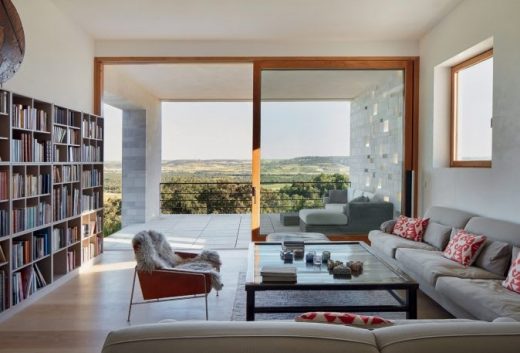These 10 stunning homes will convince you to go off-grid
If you ever dreamed about a new life in a stunning home set in one of the world’s most picturesque places, this book is for you.
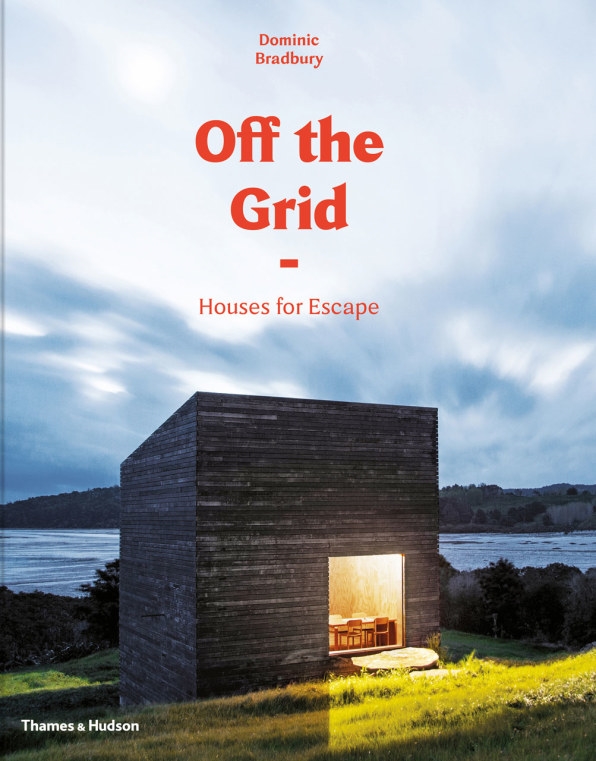
Off the Grid, Houses for Escape (Thames & Hudson, 2019) is a $45, 272-page large format book with more than 400 images of homes in far-flung corners of the earth–each more irresistible than the next. Crucially, each is self-sufficient or nearly self-sufficient, bucking the notion that green design can’t be beautiful.
The homes are built upon all sorts of terrain: in forests, on wild coasts, in deserts, and even on mountaintops. There is a simple wooden farm house floating in the meadows of Normandy, France, a low-slung platform house overlooking the sea in Victoria, Australia, and a glass house in Sweden that blurs the divide between the indoors and the sylvan land beyond.
But these houses are more than personal Valhallas. They are also some of the world’s most innovative examples of how to live off the grid so you don’t have to depend on utility grids. This is how you reduce your carbon footprint without sacrificing comfort.
Take the Lundnäs House in Arbrå, Sweden. Designed by Swedish architect Buster Delin, the structure was built using repurposed and local materials over the course of seven years. To avoid disturbing the natural environment, the house uses the foundations of an old ceramics factory that was by the river. Inside, the fireplace is the only source of heat, with a layer of clay pellets under the concrete slab distributing energy all over the house. Combined with the stone and brick edifice, which naturally retain heat, this is enough to heat the home in frosty Swedish winters.
Another beautiful example is the House in Extremadura, by Ábaton Arquitectura. Perched on the remote hills of a nature reserve in Cáceres, Spain, the house was built on an old stable. The electricity comes from a small hydroelectric turbine system that uses a nearby stream combined with solar panels. The same water is filtered for drinking water. The house has a generator, but it’s only used in case of an emergency.
It’s a great example of how to live totally off the grid without disturbing the environment. As we enter an age of extreme weather, perhaps there’s a lesson in all the examples contained in this book: Humans can survive comfortably without having to trash everything around us and without depending on services that perhaps one day will fail.
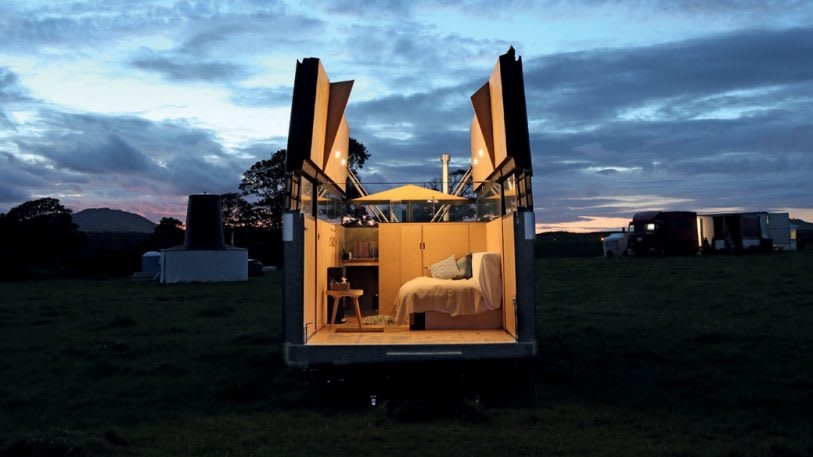
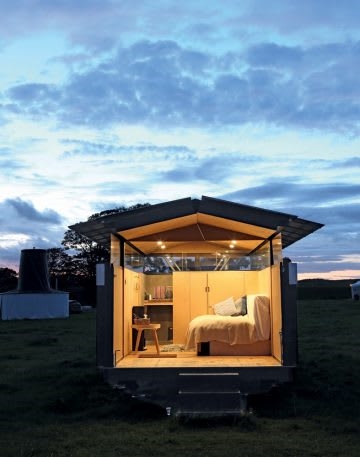
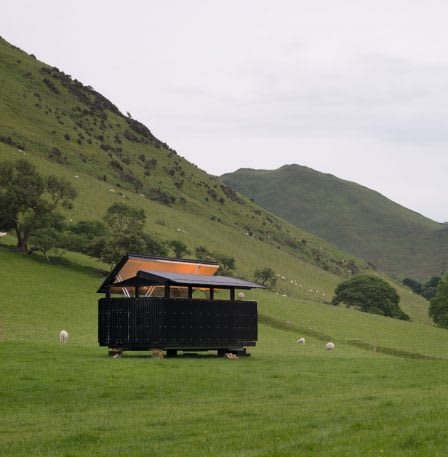
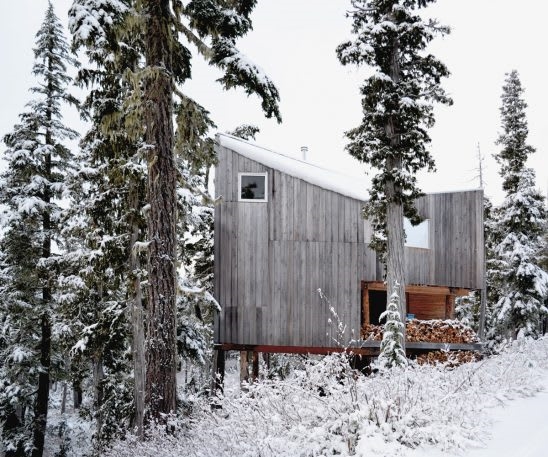
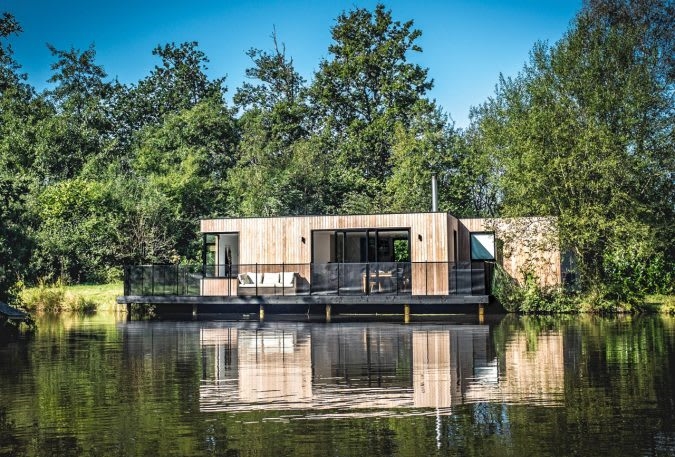
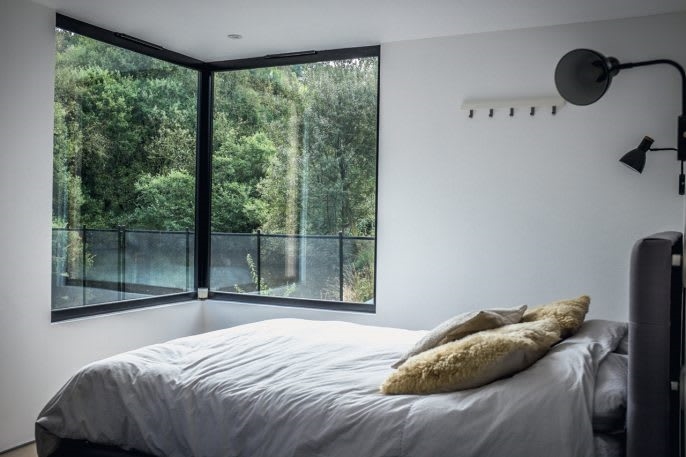
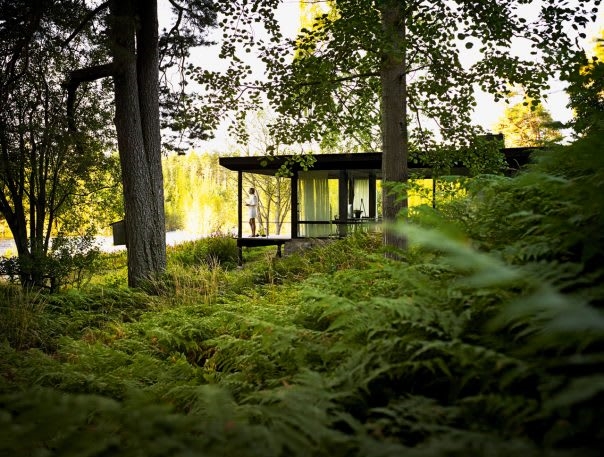
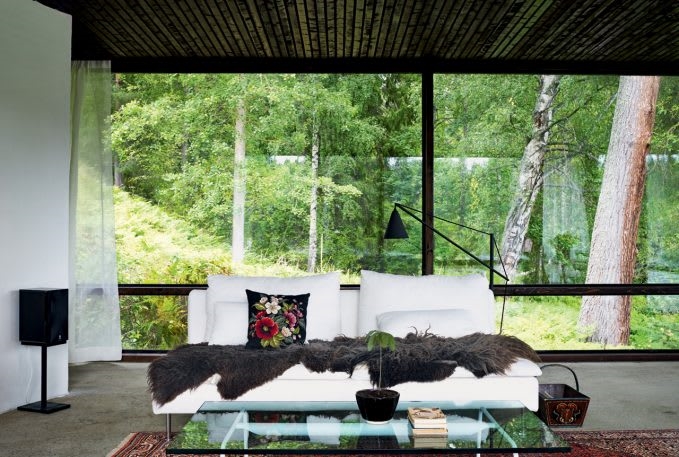
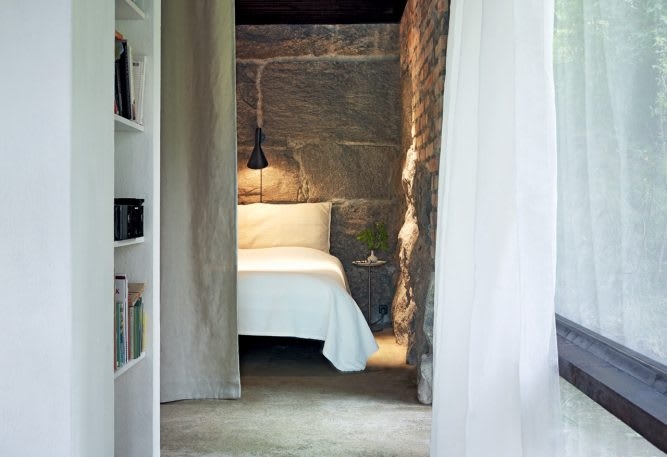
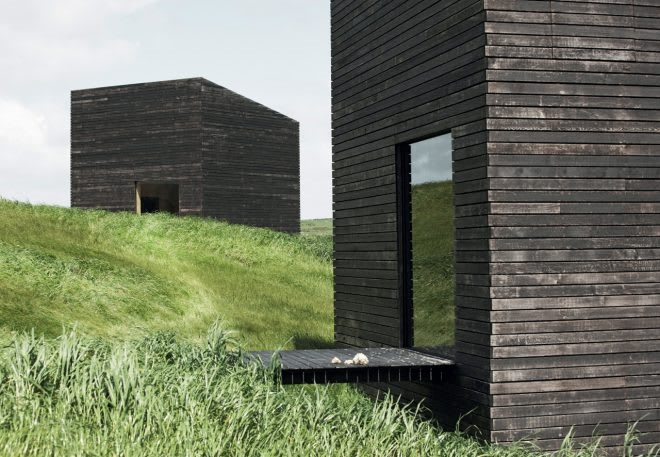
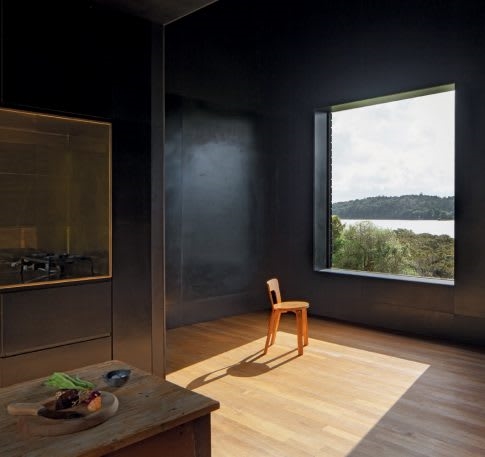
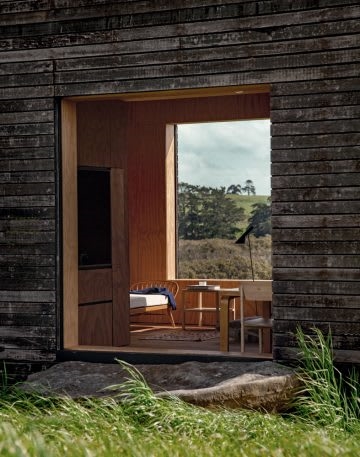
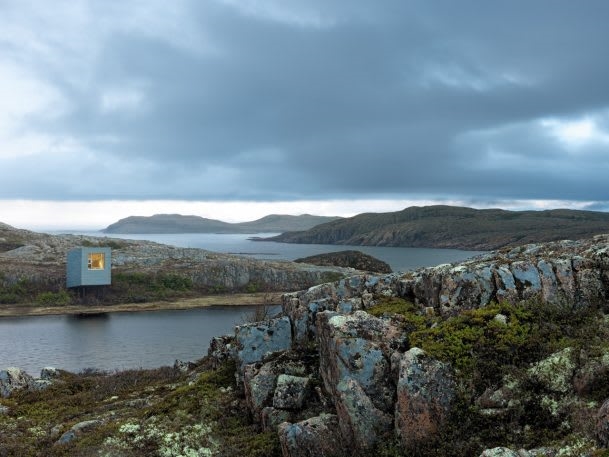
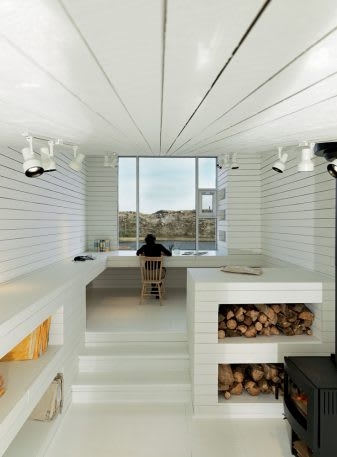
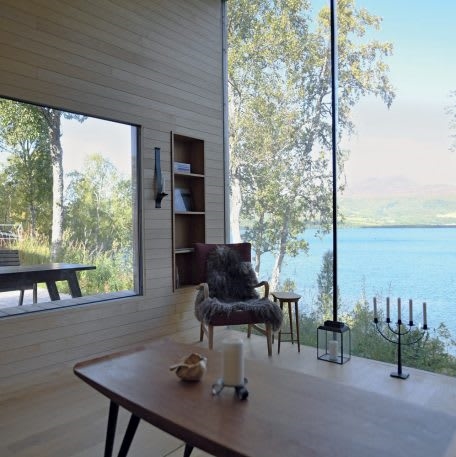
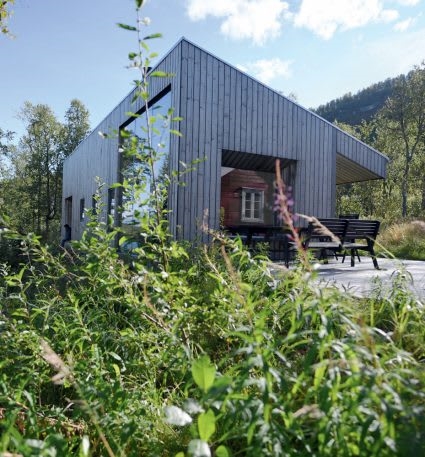
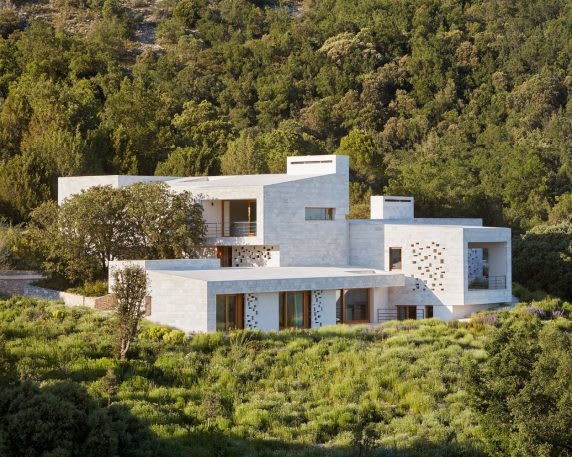
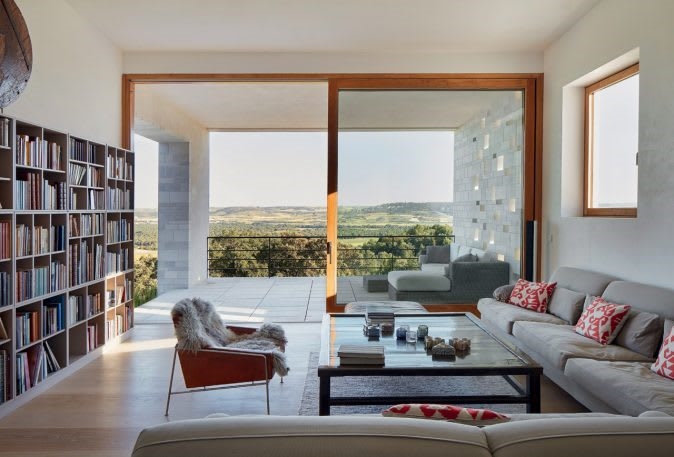
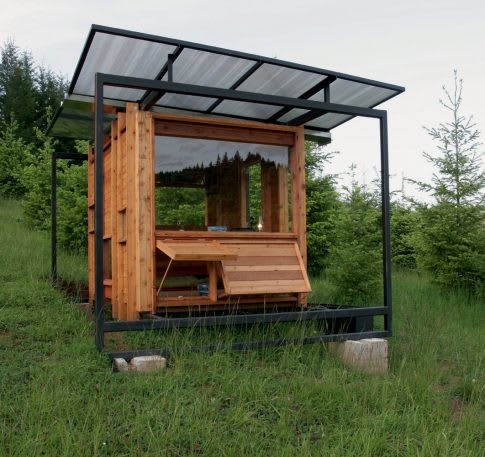
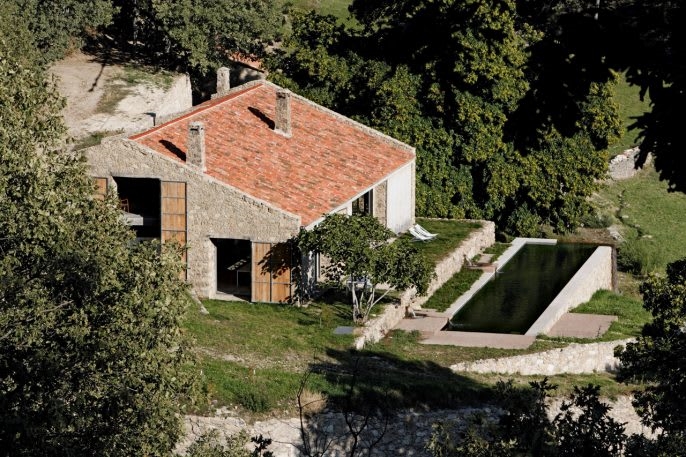
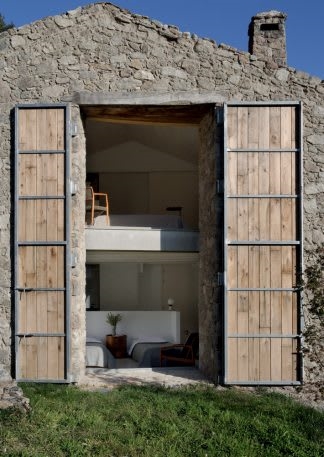
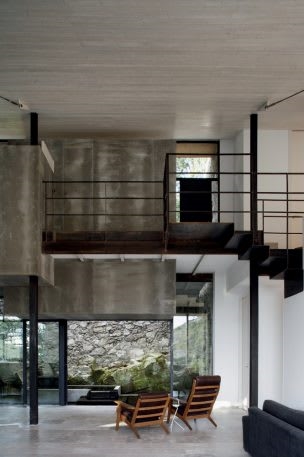
Fast Company , Read Full Story
(11)

